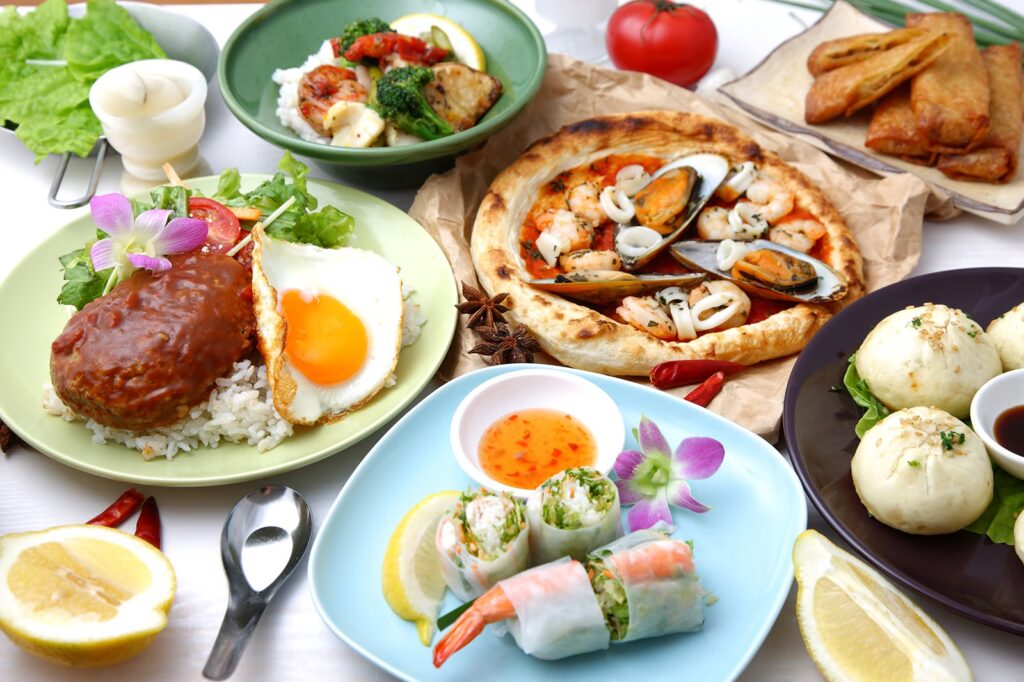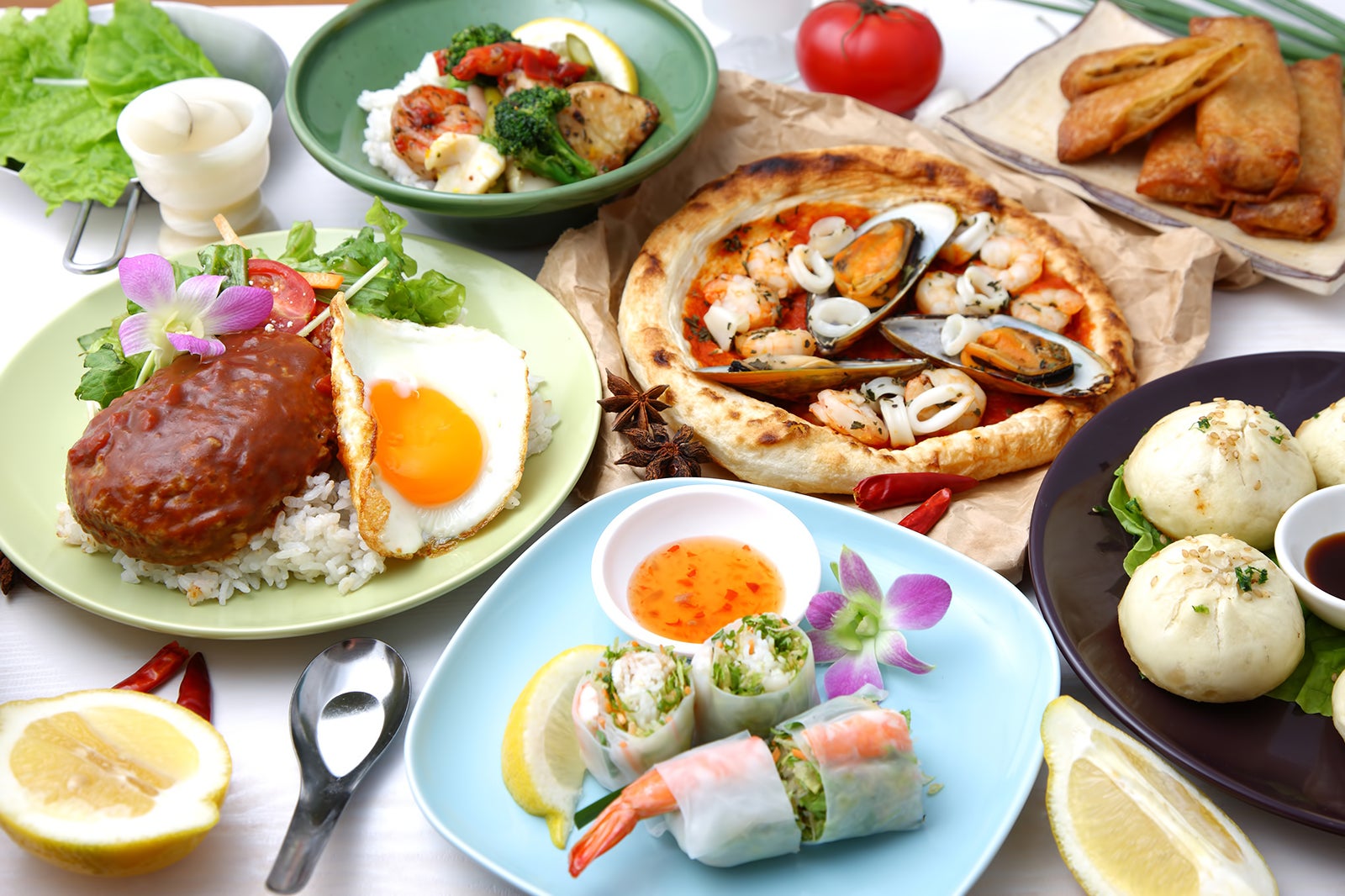Imagine yourself transported to the picturesque paradise of Hawaii, where the sun-drenched beaches, lush tropical landscapes, and warm ocean breeze create an idyllic setting. As you embark on your culinary journey, get ready to tantalize your taste buds with the rich flavors and vibrant colors of traditional Hawaiian cuisine. From the iconic dish of Kalua pork cooked in an underground oven, to the savory Lomi Lomi salmon and the refreshing poi made from taro root, each bite will transport you deeper into the heart and soul of this vibrant Polynesian culture. So grab your plate and join us as we take a delicious dive into the world of traditional Hawaiian dishes you simply must try. Aloha!
H2 Heading 1
Introduction to Hawaiian Cuisine
Hawaiian cuisine is a vibrant and diverse culinary tradition that blends the flavors of the Pacific with indigenous techniques passed down through generations. When you embark on a culinary journey through the islands of Hawaii, you’ll discover a rich tapestry of flavors and ingredients that are unlike anything you’ve tasted before. From the smoky aromas of slow-roasted meats to the refreshing tang of tropical fruits, each bite is an adventure that transports you to the sandy shores and lush landscapes of the Aloha State.
Influence of Polynesian Culture
The roots of Hawaiian cuisine can be traced back to the Polynesian settlers who arrived on the islands over a thousand years ago. With them, these early explorers brought a deep knowledge of fishing, agriculture, and food preservation techniques. They also introduced key ingredients such as taro, sweet potatoes, coconut, and breadfruit, which continue to play a vital role in traditional Hawaiian dishes. The influence of Polynesian culture on Hawaiian cuisine is undeniable and has shaped the way the locals eat and celebrate food.
Key Ingredients in Traditional Hawaiian Cuisine
To truly appreciate the essence of traditional Hawaiian cuisine, it’s essential to understand the key ingredients that form the building blocks of many dishes. Taro, known as kalo in Hawaiian, is a starchy root vegetable that is used to make poi, a staple of the native Hawaiian diet. Coconut, or niu, is another versatile ingredient that appears in everything from curries to desserts. Other essentials include fresh seafood like ahi tuna and ono, as well as tropical fruits such as pineapple, mango, and guava. These ingredients come together in a harmonious symphony of flavors and textures that define the essence of Hawaiian cuisine.
H2 Heading 2
Laulau: A Classic Hawaiian Dish
One dish that exemplifies the heart and soul of traditional Hawaiian cuisine is laulau. This delectable dish consists of tender pieces of pork or fish wrapped in taro leaves and slow-cooked to perfection. The result is a melt-in-your-mouth delicacy that is bursting with flavor. The combination of the earthy taro leaves and succulent meat creates a unique taste that is both comforting and satisfying. Laulau is often served with a side of steamed rice and lomi lomi salmon for a complete Hawaiian meal.
Kalua Pig: The Heart of Hawaiian Luau
No trip to Hawaii would be complete without trying kalua pig, the centerpiece of any traditional Hawaiian luau. This iconic dish is made by slowly roasting a whole pig in an imu, an underground oven lined with hot rocks and banana leaves. The pig is marinated in a mixture of sea salt and other seasonings before being wrapped tightly in ti leaves and left to cook for hours. The result is tender, smoky meat with a crispy skin that’s full of flavor. Kalua pig is often accompanied by poi, macaroni salad, and other island favorites, making it a true feast for the senses.
Poke: Hawaii’s Flavorful Raw Fish Salad
If you’re a seafood lover, then poke is a must-try dish when exploring Hawaiian cuisine. This flavorful raw fish salad is a delicious blend of fresh fish, typically ahi tuna or salmon, marinated in a mixture of soy sauce, sesame oil, and other seasonings. The result is a refreshing and umami-packed dish that is bursting with the flavors of the ocean. Poke can be enjoyed on its own as an appetizer or served over a bed of rice for a light and healthy meal.
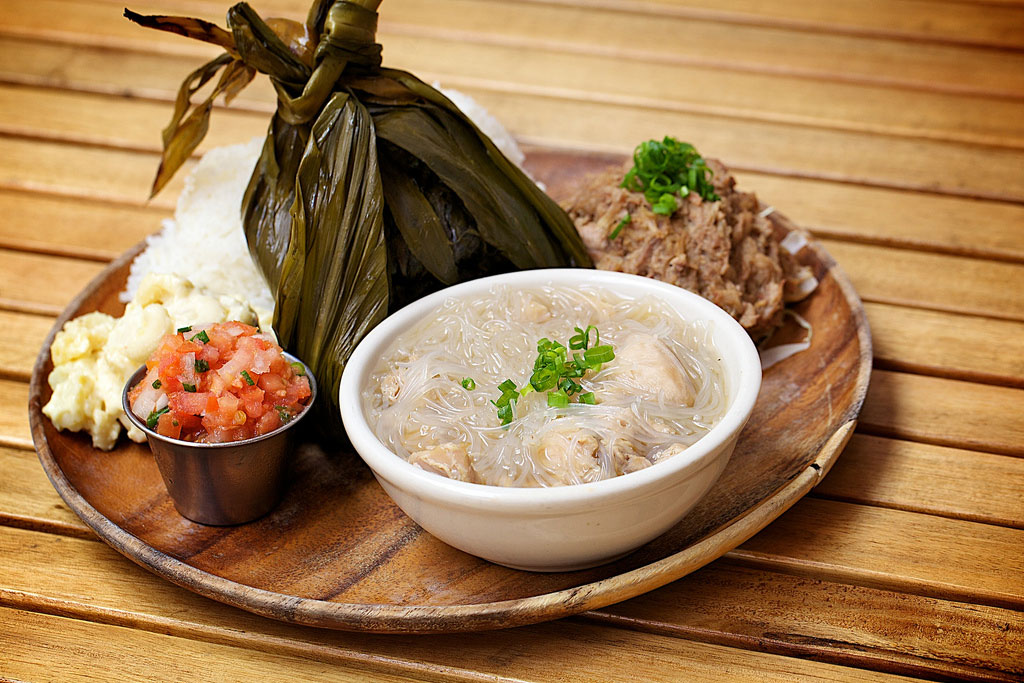
H2 Heading 3
Lomi Lomi Salmon: A Refreshing Side Dish
Lomi lomi salmon is a traditional Hawaiian side dish that adds a burst of freshness to any meal. Made with diced salmon, tomatoes, onions, and seasoned with salt, this vibrant salad is both tangy and savory. The ingredients are gently mixed together, allowing the flavors to meld and develop. The result is a refreshing and light accompaniment to richer dishes like laulau or kalua pig. Lomi lomi salmon is a true taste of Hawaii and a must-try for seafood lovers.
Poi: A Staple of the Native Hawaiian Diet
Poi holds a special place in the hearts and stomachs of the Hawaiian people. Made from cooked and pounded taro root, poi is a thick, starchy paste that forms the cornerstone of the native Hawaiian diet. The preparation method involves fermenting the taro to break down the natural starches, resulting in a slightly sour and tangy flavor. Poi is typically served alongside dishes such as kalua pig or laulau, and is often enjoyed as a standalone side dish. The unique texture and taste of poi are an acquired one, but it’s well worth trying this traditional staple.
Huli Huli Chicken: A Finger-Licking BBQ Favorite
For those craving a taste of Hawaiian BBQ, huli huli chicken is the perfect choice. This mouthwatering dish is made by marinating chicken in a flavorful combination of soy sauce, ginger, garlic, and brown sugar, before grilling it over an open flame. The name “huli huli” translates to “turn, turn,” which refers to the basting technique used to create a caramelized glaze and succulent meat. With each bite, you’ll experience a tantalizing blend of sweet, savory, and smoky flavors that will have your taste buds dancing with delight.
H2 Heading 4
Haupia: A Delicious Traditional Dessert
No meal in Hawaii is complete without a sweet ending, and haupia is a classic Hawaiian dessert that fits the bill perfectly. This creamy coconut pudding is made by simmering coconut milk, sugar, and cornstarch until thickened and luscious. The result is a velvety smooth treat with a delicate coconut flavor that is truly irresistible. Haupia is often served chilled and can be enjoyed on its own or as a topping for other desserts, such as shaved ice or malasadas.
Malasadas: Portuguese-Inspired Fried Doughnuts
Introduced to Hawaii by Portuguese immigrants, malasadas have become a beloved treat in the islands. These fluffy, deep-fried doughnuts are dusted with sugar and often filled with a variety of delightful fillings, such as custard, chocolate, or tropical fruit jams. The dough is light and airy, making each bite a heavenly experience. Whether enjoyed for breakfast, dessert, or as a special treat throughout the day, malasadas are a must-try indulgence that will leave you craving more.
Shave Ice: Hawaii’s Iconic Frozen Treat
When the tropical Hawaiian sun is blazing, there’s no better way to cool down than with a refreshing cup of shave ice. Unlike typical snow cones, shave ice is finely shaved, resulting in a fluffy and delicate texture that melts on your tongue. This frozen delight is then generously topped with a rainbow of flavored syrups, ranging from classics like strawberry and pineapple to unique flavors like lychee and passion fruit. Shave ice is a beloved treat among locals and visitors alike, and is a true taste of paradise.
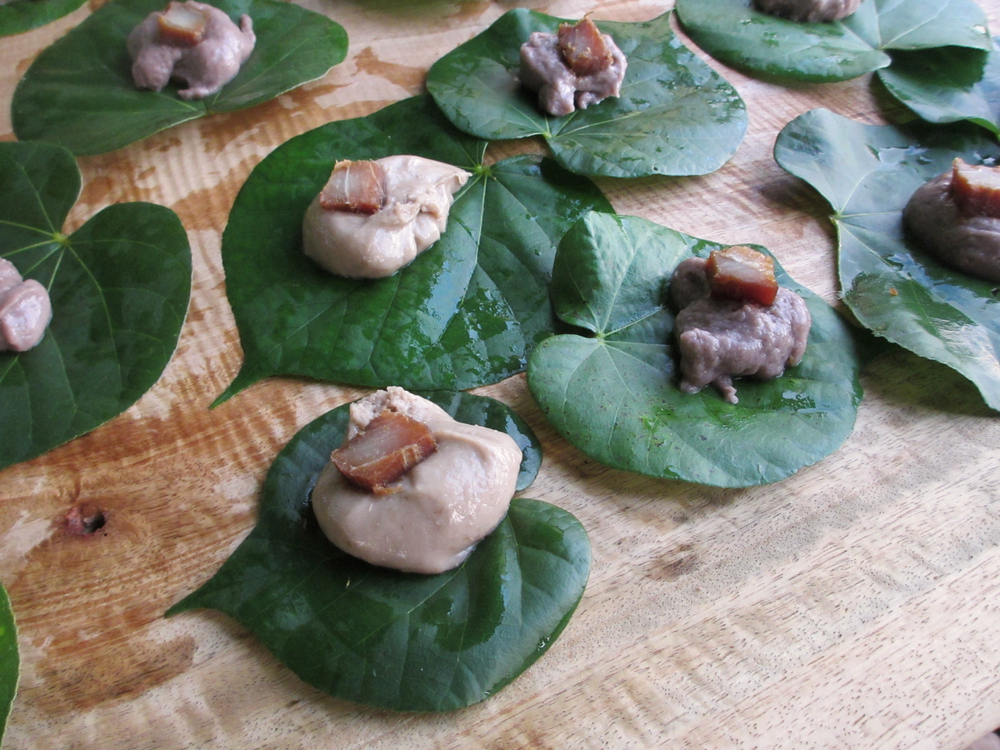
H2 Heading 5
Hawaiian Plate Lunch: A Popular Local Meal
If you’re looking for a satisfying and hearty meal that showcases the diverse flavors of Hawaiian cuisine, then the Hawaiian plate lunch is a must-try. This local favorite typically consists of a protein, such as kalua pig, huli huli chicken, or grilled fish, served with two scoops of rice and a side of macaroni salad. The plate lunch reflects the cultural diversity of Hawaii, with influences from various culinary traditions, including Chinese, Japanese, and Filipino. It’s a delicious and filling meal that provides a taste of the different flavors that make up the vibrant food scene in Hawaii.
Loco Moco: A Hearty Hawaiian Breakfast
Loco moco is a hearty and indulgent breakfast dish that is sure to satisfy even the heartiest of appetites. This local favorite features a bed of steamed rice topped with a juicy hamburger patty, a fried egg, and smothered in rich brown gravy. It’s a mouthwatering combination of flavors and textures that is typically served alongside a side of macaroni salad or a green salad. Loco moco is a true comfort food and is the perfect way to start your day when you’re craving something filling and delicious.
Saimin: A Noodle Soup with Hawaiian Twist
Saimin is a beloved noodle soup that reflects the multicultural influences of Hawaii’s culinary scene. This comforting dish is a fusion of Chinese, Japanese, and Filipino cuisines and typically consists of wheat egg noodles in a flavorful broth, garnished with ingredients such as green onions, kamaboko (fish cake), and char siu (barbecue pork). Saimin is a go-to comfort food for locals, whether it’s enjoyed as a quick and satisfying lunch or a late-night snack after a night of dancing to the sounds of a Hawaiian steel guitar.
H2 Heading 6
Imu: Traditional Hawaiian Cooking Method
At the heart of traditional Hawaiian cuisine is the imu, a traditional underground oven that plays a vital role in the preparation of various dishes. This unique cooking method involves digging a pit, heating rocks over an open fire, and then layering the imu with food, such as whole pigs or fish, along with ti leaves and banana leaves. The pit is then covered, sealing in the heat and steam, and the food is left to slow-cook for several hours. The result is tender, smoky, and succulent meats that are infused with the flavors of the leaves and the earth. The imu is not just a cooking method, but also a cultural practice that brings communities together and preserves the traditions of the past.
Hawaiian Salt: Enhancing Flavors and Preservation
Hawaiian salt, or pa’akai, is a unique ingredient that adds depth and complexity to Hawaiian cuisine. This coarse salt is harvested from salt ponds located along the coastlines of the islands. Its mineral-rich composition and unique texture make it perfect for seasoning dishes and preserving foods. Hawaiian salt is used in various traditional dishes, such as poke and kalua pig, as well as in modern creations, to enhance the natural flavors and add a touch of the islands’ essence. The use of Hawaiian salt is not only about taste but also about honoring the land and the cultural significance it holds.
Kukui Nut: A Versatile Ingredient with Cultural Significance
The kukui nut, or candlenut, holds a special place in Hawaiian culture and cuisine. These nuts are not only edible but are also used as a versatile ingredient in traditional dishes. Before being incorporated into recipes, the nuts are roasted, ground, and then combined with other ingredients to create flavorful sauces and dressings. The oil extracted from kukui nuts is highly valued for its rich flavor and is often used to add a nutty taste to various dishes, such as fish or vegetable stir-fries. In addition to its culinary uses, the kukui nut is also of great cultural significance, representing enlightenment and protection in Hawaiian tradition.
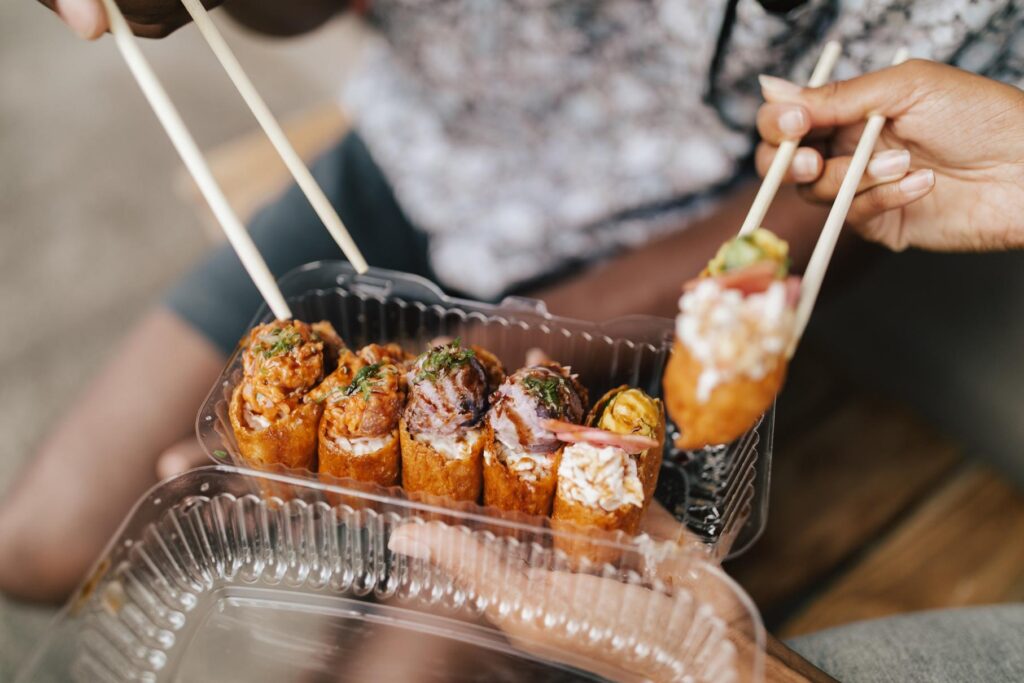
H2 Heading 7
Farm-to-Table Movement in Hawaiian Cuisine
In recent years, there has been a growing emphasis on the farm-to-table movement in Hawaiian cuisine. Local farmers and chefs have recognized the importance of sourcing ingredients locally, not only for their freshness but also to support sustainable agriculture and preserve the unique flavors of the islands. The farm-to-table movement promotes the use of local ingredients, such as heirloom vegetables, grass-fed beef, and sustainably caught seafood, in an effort to reduce the carbon footprint associated with importing food and to showcase the bounty of Hawaii’s fertile land and pristine waters.
Sustainability: Balancing Tradition and Modernity
As Hawaiian cuisine evolves and adapts to modern tastes and lifestyles, there is a delicate balance that must be struck between preserving tradition and embracing sustainable practices. The islands’ delicate ecosystems and unique flora and fauna require careful stewardship to ensure their preservation for future generations. Chefs and restaurants are increasingly prioritizing sustainability by sourcing ingredients responsibly, minimizing waste, and supporting local conservation efforts. By incorporating sustainability into the culinary landscape, Hawaiian cuisine can continue to thrive while protecting the very essence that makes it special.
Preserving Authenticity: Challenges and Solutions
Preserving the authenticity of traditional Hawaiian cuisine poses several challenges in a rapidly changing world. Generations of cultural knowledge have been passed down, but as society evolves, there is a risk of losing the essence of these time-honored dishes. However, there are also solutions emerging to address these challenges. Cultural preservation organizations, culinary schools, and community initiatives are working together to document recipes, techniques, and the stories behind Hawaiian cuisine. By encouraging awareness and education, these efforts strive to ensure that the unique flavors and cultural significance of traditional Hawaiian cuisine are cherished and protected.
H2 Heading 8
Hawaiian Fusion Cuisine: Blending Flavors and Cultures
Over the years, Hawaiian cuisine has evolved into a vibrant fusion of flavors and cultures. The islands’ rich culinary heritage has attracted a diverse range of influences, from Chinese and Japanese to Filipino, Portuguese, and Korean. This melting pot of cultures has given rise to a unique culinary scene where dishes blend traditional ingredients and techniques with international flavors. Hawaiian fusion cuisine showcases the creativity and adaptability of Hawaiian chefs, who skillfully combine the best of East and West to create innovative and exciting dishes that push the boundaries of traditional Hawaiian cuisine.
Asian Influences in Hawaiian Cuisine
Asian influences play a significant role in shaping the flavors and techniques of Hawaiian cuisine. The early immigrant populations from China, Japan, Korea, and the Philippines brought with them their culinary traditions, which have become an integral part of the local food scene. From the use of soy sauce, ginger, and garlic in savory dishes to the incorporation of rice noodles and dumplings, Asian ingredients and flavors can be found in a wide range of Hawaiian dishes. These Asian influences have become so deeply ingrained in Hawaiian cuisine that they have become an essential part of the islands’ culinary identity.
Cuisine Evolution: From Cultural Preservation to Experimentation
Hawaiian cuisine has undergone a significant evolution in recent decades, transitioning from a focus on cultural preservation to a spirit of experimentation and culinary innovation. While traditional dishes continue to be cherished and celebrated, Hawaii is also a hub of culinary creativity, pushing the boundaries of what is considered “traditional.” Chefs are incorporating global flavors and techniques into their dishes, creating exciting new fusions that reflect the diverse backgrounds and experiences of those who call Hawaii home. This evolution in Hawaiian cuisine highlights the dynamic nature of culinary traditions and the endless possibilities of flavor exploration.
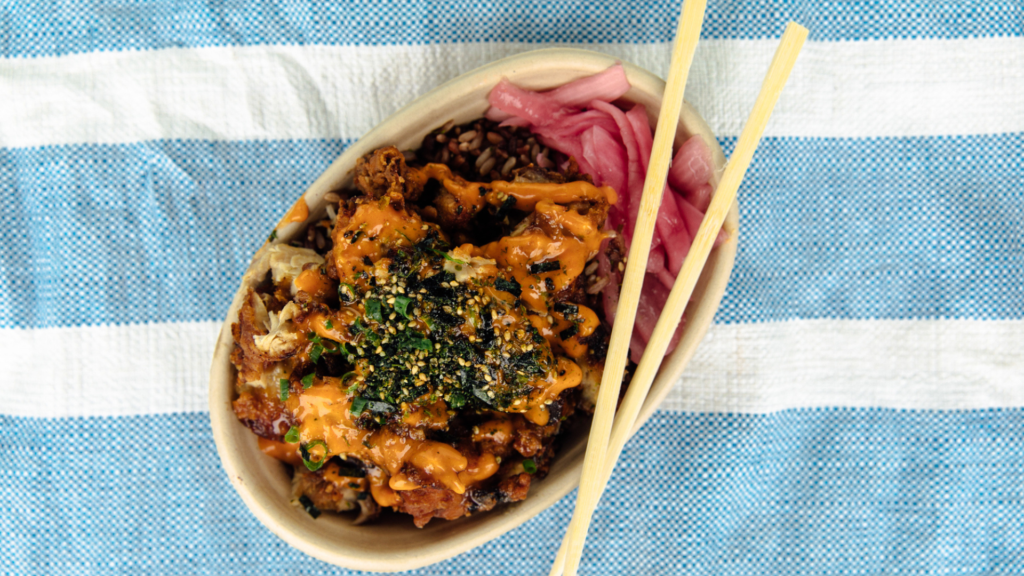
H2 Heading 9
Hawaiian Food Festivals: Celebrating the Rich Cuisine
Hawaiian food festivals are vibrant celebrations of the islands’ rich culinary heritage and a great way to immerse yourself in the flavors and traditions of the Aloha State. These festivals bring together local farmers, chefs, and food enthusiasts, showcasing the best of Hawaiian cuisine through cooking demonstrations, tastings, and live entertainment. From the annual Hawaii Food and Wine Festival to the Kona Coffee Cultural Festival, these events offer a unique opportunity to experience the incredible diversity and creativity of Hawaiian cuisine in one place. Attending a food festival is a memorable way to celebrate the flavors of Hawaii while connecting with the local community.
Food Trucks: The Rising Stars of Authentic Hawaiian Flavors
Food trucks have become a popular way to experience the authentic flavors of Hawaiian cuisine, offering a more casual and accessible dining experience. These mobile culinary havens can be found throughout the islands, serving up everything from traditional plate lunches to creative twists on classic dishes. Food trucks offer visitors the chance to sample a variety of Hawaiian flavors in a single location, often featuring menus that change daily based on the freshest local ingredients available. Whether you’re in search of kalua pig tacos or a mouthwatering poke bowl, the food truck scene in Hawaii is full of surprises and culinary delights.
Cooking Classes: Embracing Hawaiian Culinary Traditions
For those who want to delve deeper into the world of Hawaiian cuisine, taking a cooking class is a fantastic way to learn about traditional dishes and cooking techniques. Throughout the islands, you’ll find a variety of cooking schools and culinary experiences that offer hands-on lessons in preparing Hawaiian delicacies. From making authentic poi to mastering the art of creating laulau, these classes provide a unique opportunity to connect with the local culture and gain a deeper appreciation for the flavors of Hawaii. Whether you’re a seasoned home cook or a novice in the kitchen, these classes are a fun and interactive way to explore the world of Hawaiian cuisine.
H2 Heading 10
Exploring Hawaiian Cuisine on the Islands
To fully experience the diverse flavors of Hawaiian cuisine, it’s essential to explore the islands themselves and seek out local eateries that offer an authentic taste of Hawaii. From bustling food markets to hidden gems off the beaten path, each island has its unique culinary treasures waiting to be discovered. Whether you’re strolling through the vibrant streets of Honolulu, indulging in seafood delights on the Big Island, or venturing into the lush valleys of Kauai, there are countless opportunities to delight your taste buds with the flavors of Hawaii.
Noteworthy Restaurants in Honolulu
Honolulu, the capital city of Hawaii, is a bustling hub of culinary delights, offering an array of restaurants that showcase the best of Hawaiian cuisine. From upscale fine dining establishments to casual eateries, you’ll find a wide range of options to satisfy your cravings. Noteworthy restaurants in Honolulu include Alan Wong’s Restaurant, Chef Mavro, and Helena’s Hawaiian Food, each known for their commitment to traditional Hawaiian flavors and exceptional culinary experiences. For those looking for a more casual dining experience, local favorites like Ono Seafood, Leonard’s Bakery, and Rainbow Drive-In offer a taste of authentic local flavors that shouldn’t be missed.
Local Eateries Beyond the Tourist Hotspots
While it’s tempting to stick to the tourist hotspots, venturing beyond the beaten path will reward you with hidden culinary gems that locals love. Throughout the islands, small family-owned restaurants and humble neighborhood joints offer a taste of genuine Hawaiian cuisine that is often overshadowed by the more tourist-centric establishments. From mom-and-pop breakfast spots serving up mouthwatering loco moco to hole-in-the-wall plate lunch spots dishing out kalua pig and macaroni salad, these local eateries provide an authentic experience that embodies the spirit of aloha. Don’t be afraid to ask the locals for their recommendations – they know the best-kept secrets when it comes to satisfying your taste buds.
With its rich tapestry of flavors and cultural influences, exploring Hawaiian cuisine is a feast for the senses. From traditional dishes that have been passed down through generations to innovative fusions that reflect the vibrant food scene of the islands, there’s something for everyone to savor. So, pack your bags and embark on a culinary adventure to experience the diverse, mouthwatering delights of Hawaiian cuisine. Aloha and bon appétit!
